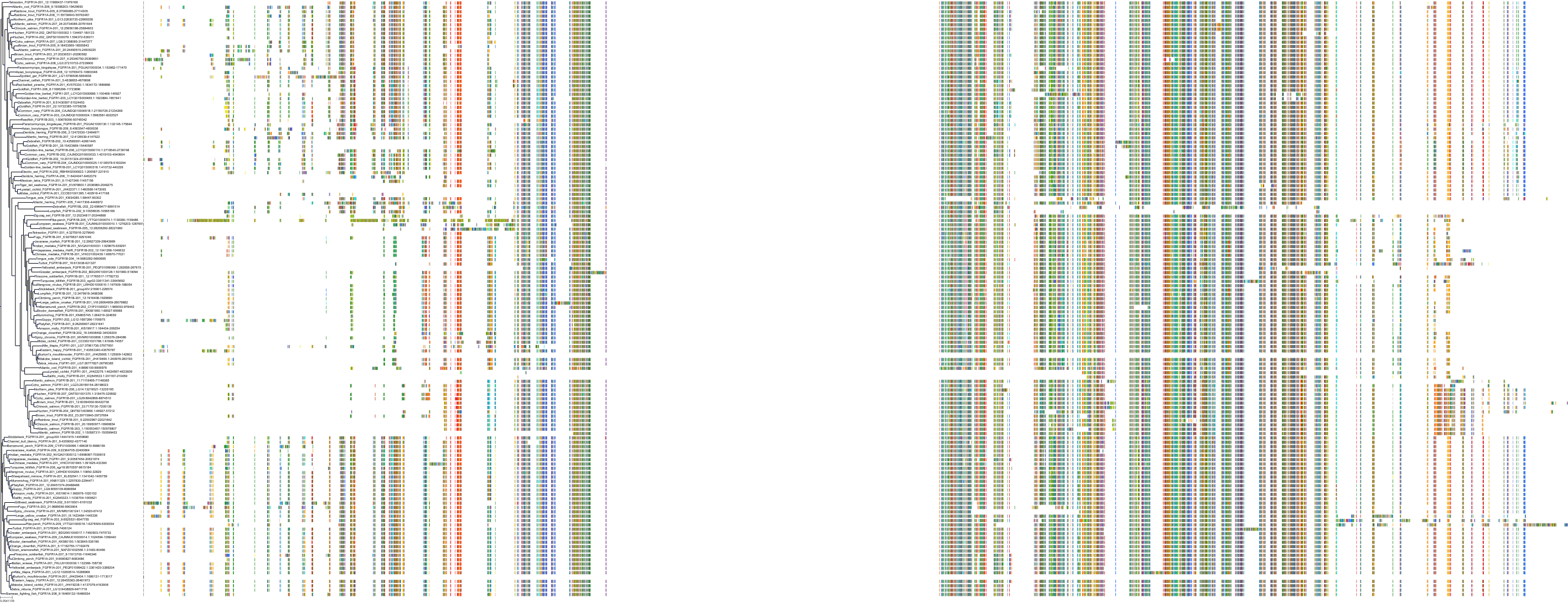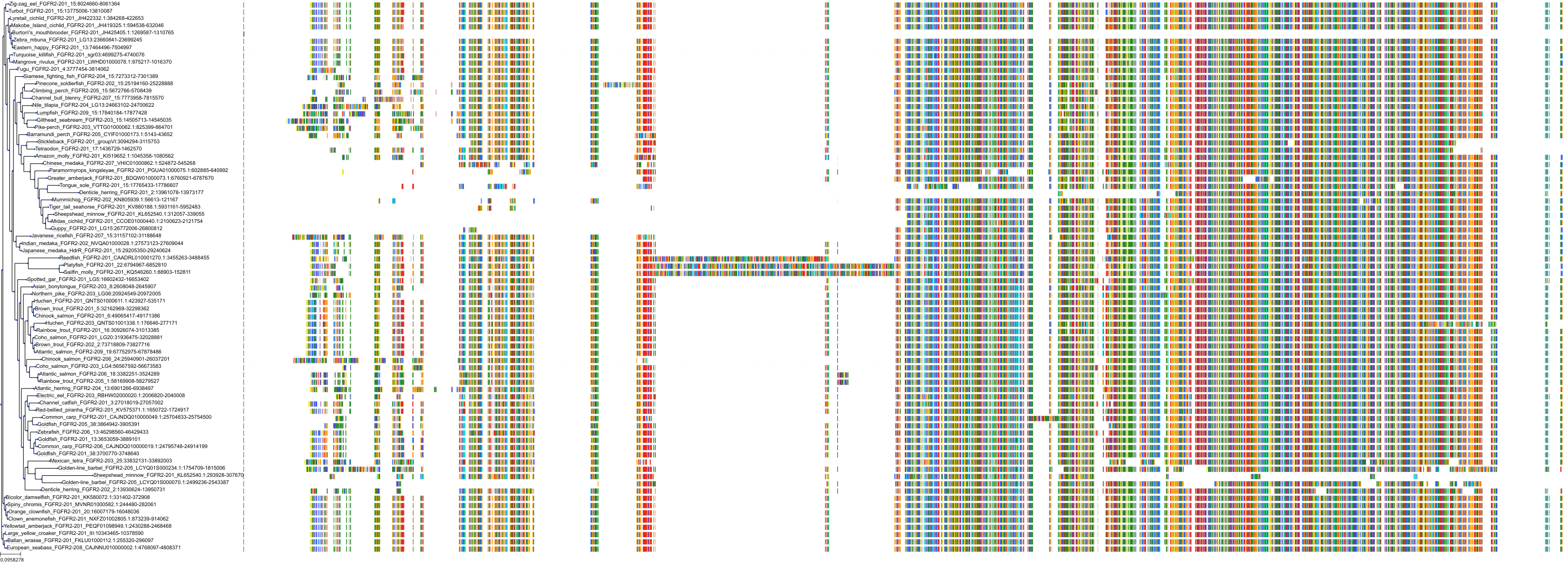| Synonyms | |
| Status | |
| Molecule Category | UNKNOWN |
| UNII | PP449XA4BH |
| EPA CompTox | DTXSID30147356 |
Structure
| InChI Key | CUDVHEFYRIWYQD-UHFFFAOYSA-N |
|---|---|
| Smiles | |
| InChI |
|
Physicochemical Descriptors
| Property Name | Value |
|---|---|
| Molecular Formula | C26H25N3O4 |
| Molecular Weight | 443.5 |
| AlogP | 4.42 |
| Hydrogen Bond Acceptor | 6.0 |
| Hydrogen Bond Donor | 2.0 |
| Number of Rotational Bond | 7.0 |
| Polar Surface Area | 95.7 |
| Molecular species | BASE |
| Aromatic Rings | 4.0 |
| Heavy Atoms | 33.0 |
Bioactivity
| Mechanism of Action | Action | Reference |
|---|---|---|
| Fibroblast growth factor receptor 1 inhibitor | INHIBITOR | PubMed PubMed Other |
|
Protein: Fibroblast growth factor receptor 1 Description: Fibroblast growth factor receptor 1 Organism : Homo sapiens P11362 ENSG00000077782 |
||||
|
Protein: Vascular endothelial growth factor receptor Description: Vascular endothelial growth factor receptor 1 Organism : Homo sapiens P17948 ENSG00000102755 |
||||
|
Protein: Fibroblast growth factor receptor 2 Description: Fibroblast growth factor receptor 2 Organism : Homo sapiens P21802 ENSG00000066468 |
||||
|
Protein: Vascular endothelial growth factor receptor Description: Vascular endothelial growth factor receptor 3 Organism : Homo sapiens P35916 ENSG00000037280 |
||||
|
Protein: Vascular endothelial growth factor receptor Description: Vascular endothelial growth factor receptor 2 Organism : Homo sapiens P35968 ENSG00000128052 |
||||
| Targets | EC50(nM) | IC50(nM) | Kd(nM) | Ki(nM) | Inhibition(%) | |
|---|---|---|---|---|---|---|
|
Enzyme
Kinase
Protein Kinase
TK protein kinase group
Tyrosine protein kinase FGFR family
|
- | 18-18 | - | - | - | |
|
Enzyme
Kinase
Protein Kinase
TK protein kinase group
Tyrosine protein kinase VEGFR family
|
- | 25-25 | - | - | - |
Cross References
| Resources | Reference |
|---|---|
| ChEBI | 65209 |
| ChEMBL | CHEMBL2220486 |
| DrugBank | DB11845 |
| FDA SRS | PP449XA4BH |
| Guide to Pharmacology | 7649 |
| PDB | 3ZC |
| PharmGKB | PA166131607 |
| PubChem | 25031915 |
| SureChEMBL | SCHEMBL381394 |
| ZINC | ZINC000077024213 |

















































